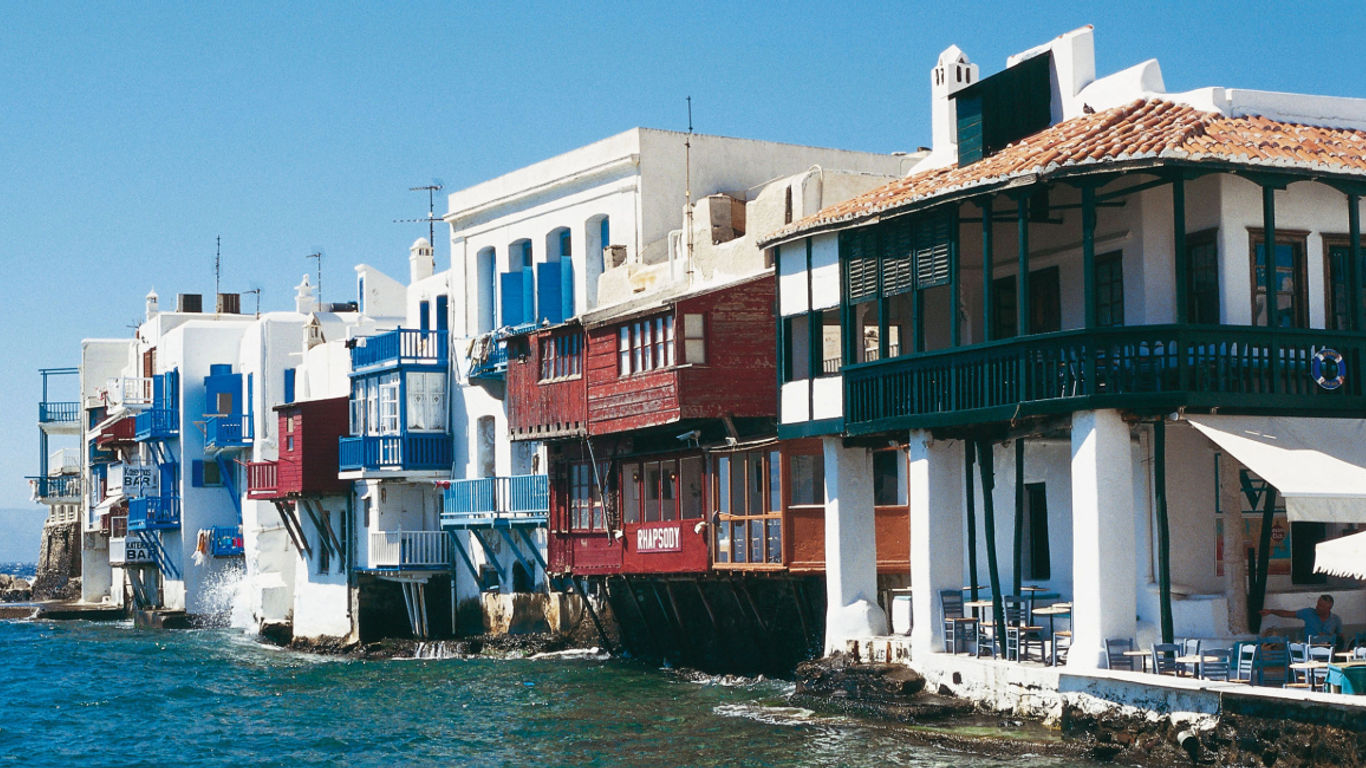Greece Launches Sustainable Cruise Tax: Key Details Revealed

Introduction to the New Sustainable Tourism Fee in Greek Islands
Starting July 21, cruise passengers traveling to the Greek islands will be required to pay an additional sustainable tourism fee. The fee ranges from 5 to 20 euros per person, depending on the destination. This new tourist tax was first announced last year and is now in effect across the Greek Isles, including popular destinations like Mykonos and Santorini. Supporters of the tax argue that it will help these heavily touristed areas manage the increasing number of visitors and maintain their infrastructure.
According to reports, travelers will be charged between 5 and 20 euros based on the island they visit. Mykonos and Santorini, the most visited islands, are among the priciest to visit. The tourist tax applies during the high season, which runs from June 1 through September 30. A smaller tourist tax will also be in place during the shoulder season, from April 1 to May 31 and October. During this time, cruise travelers will pay 12 euros to visit Mykonos and Santorini, while other islands will cost just 3 euros. In the colder months, from November 1 through March 31, the tax drops to 4 euros for Mykonos and Santorini and 1 euro for other islands.
Funding for Infrastructure and Sustainability
The World Tourism Forum highlights that the Greek islands are struggling with the effects of overtourism, such as water shortages, overcrowding, and environmental degradation. The new tax is expected to generate approximately $45 million annually, which could significantly aid in upgrading infrastructure, promoting year-round sustainable tourism, developing ports, and preserving both natural and historical sites. Additionally, the tax may encourage more travelers to visit during the off-season, helping to reduce the overcrowding experienced during the summer months.
How the Tourist Tax Will Be Applied
All passengers, including Greek nationals, children, and infants, are required to pay the fee. There are no exceptions. Cruise lines, both large and small, have started detailing the payment process on their websites. For example, MSC Cruises states that the tourist fee will be added to a traveler’s shipboard account the night before disembarking at each Greek port. If a passenger decides not to visit the port and stays on the ship, the charge will be refunded within 24 hours. Similarly, the small ship cruise line Celestyal requires guests to acknowledge the payment of the fee during embarkation.
The Rise of Sustainability Taxes in Tourism
Sustainability taxes on tourism, ranging from accommodations to cruise passengers, are becoming increasingly common in destinations facing the challenges of overtourism. Examples include Venice’s entry fee and Hawai’i’s “Green Fee.” While these taxes can provide much-needed funding for tourism-related projects, the World Travel & Tourism Council has warned that they may not address the root issues of overcrowding or create long-term sustainable solutions.
Some cruise ports have opted for alternative measures, such as limiting the size of cruise ships entering their ports. Ports like Nice, Amsterdam, Dubrovnik, and Barcelona have restricted larger vessels to prevent being overwhelmed by thousands of tourists daily.
Addressing Overtourism: A Complex Challenge
Solving the issue of overtourism is a complex problem that requires creative and tailored approaches for each destination. The goal is to ensure that residents are satisfied and that travelers have a positive experience. While taxes and restrictions can play a role, finding a balance between tourism and sustainability remains a challenge for many popular destinations around the world.
Post a Comment for "Greece Launches Sustainable Cruise Tax: Key Details Revealed"
Post a Comment